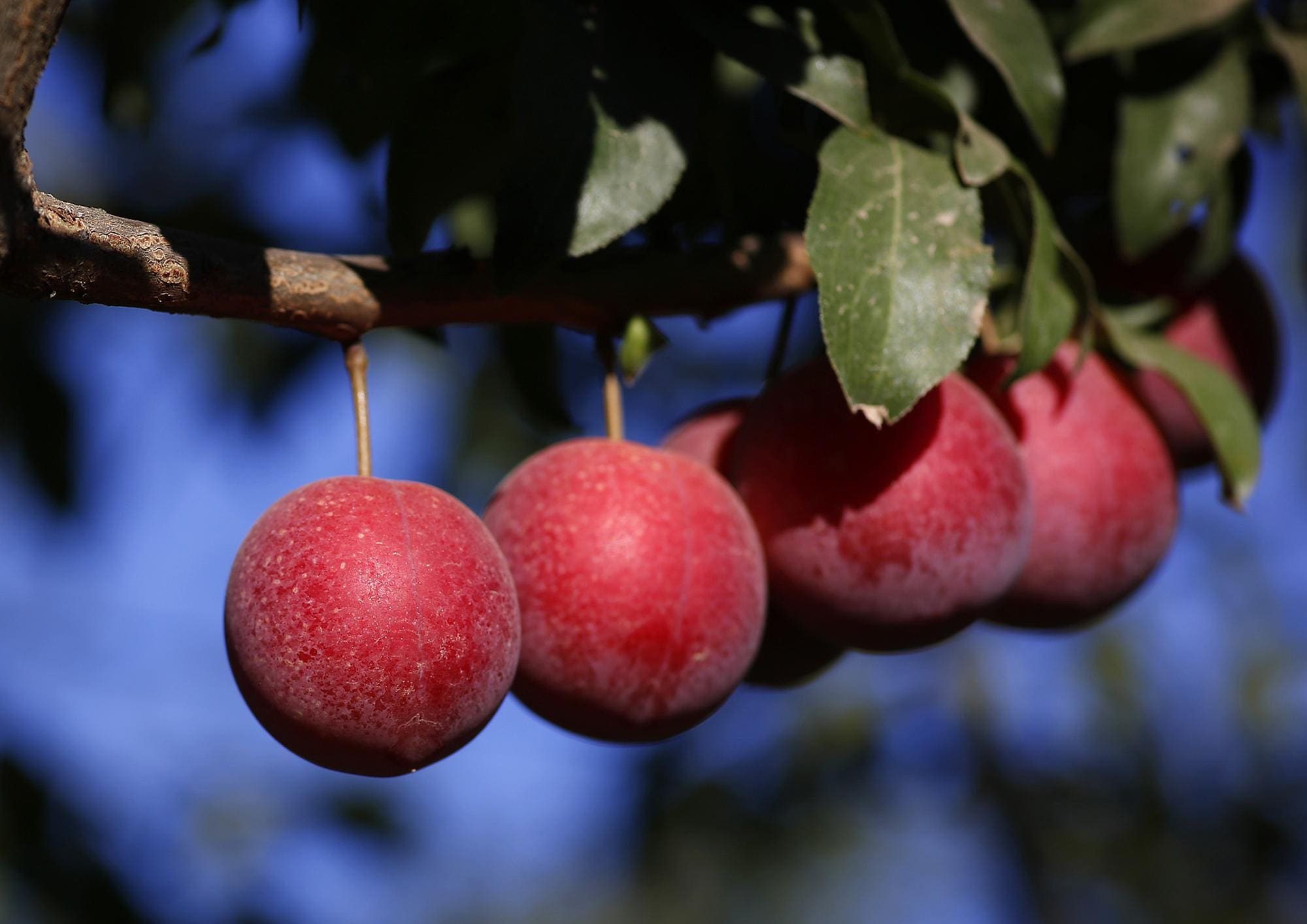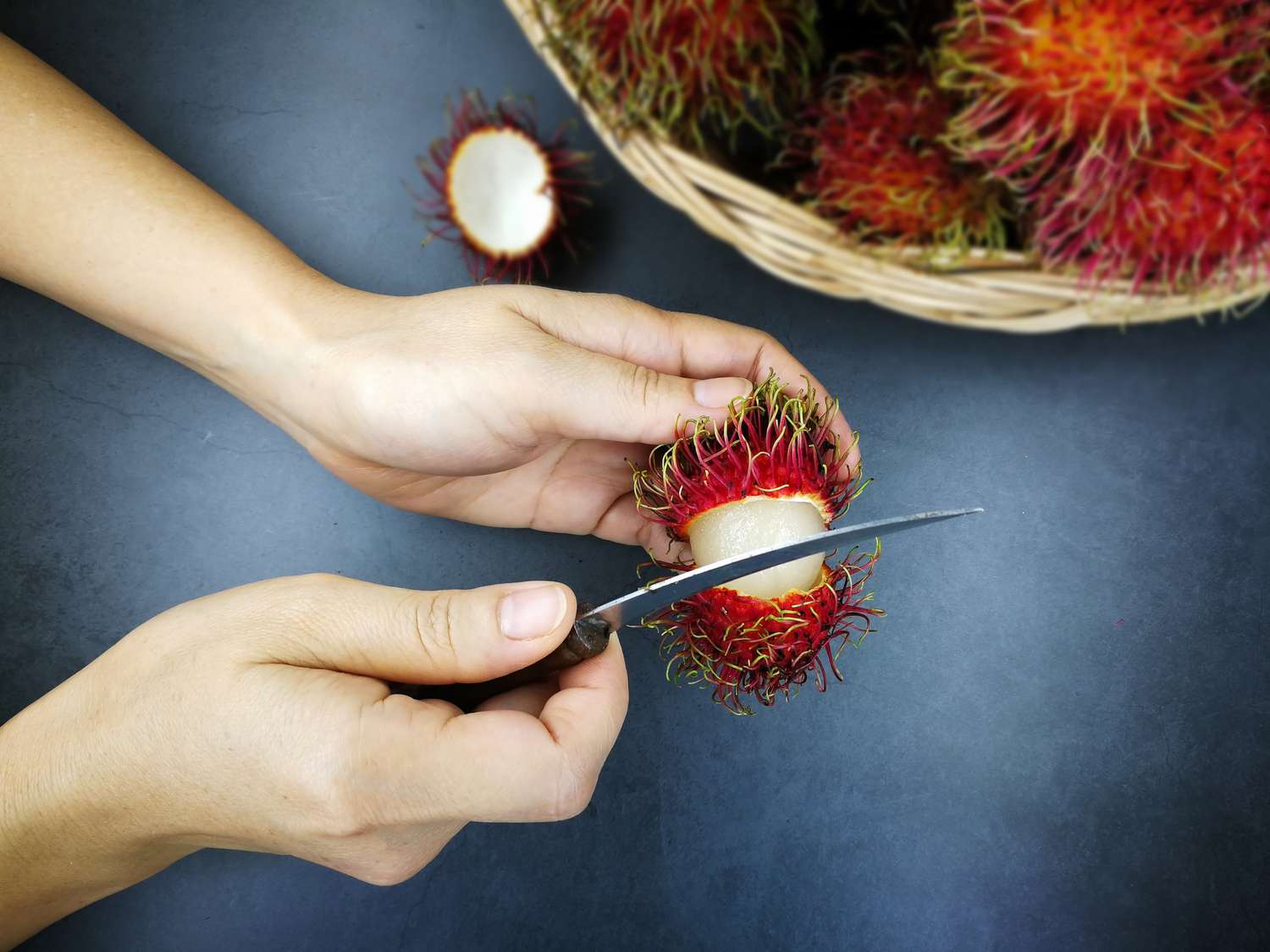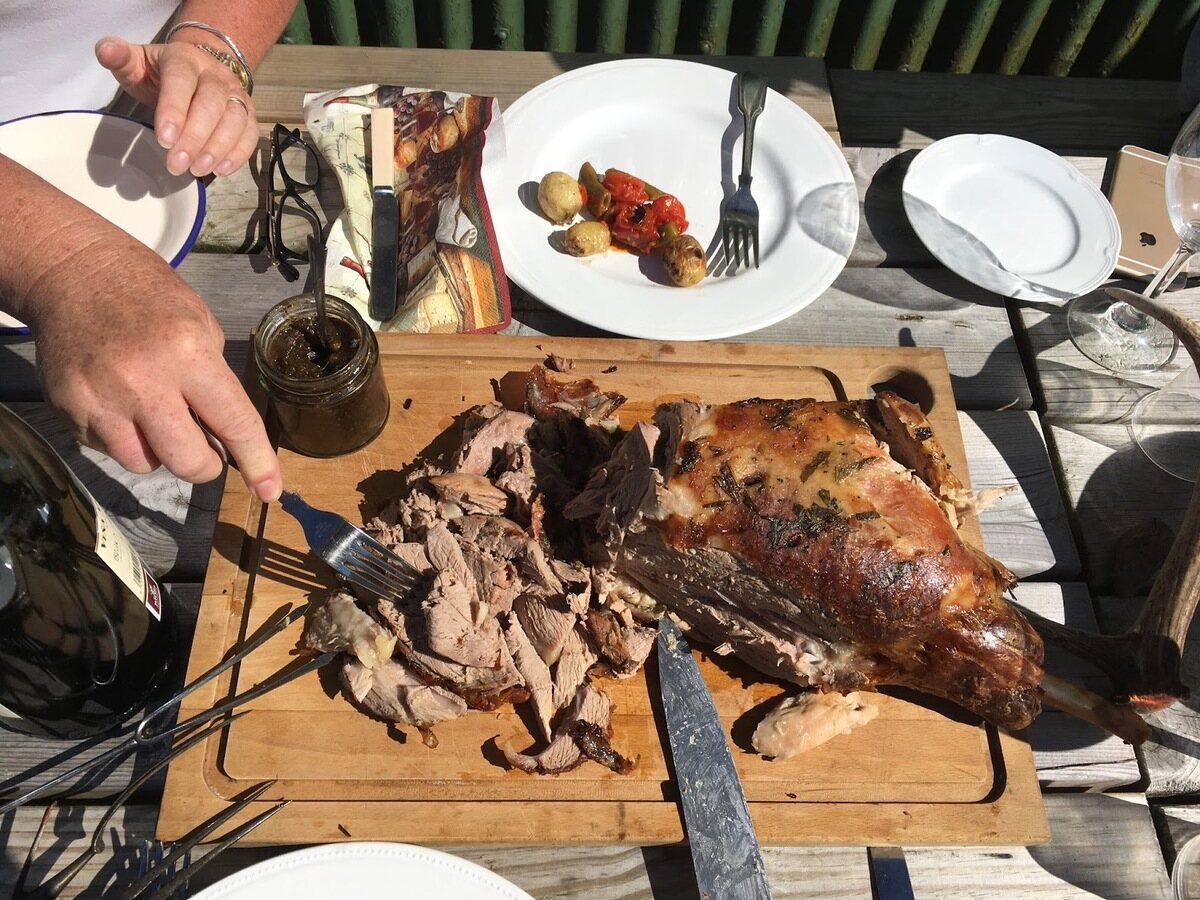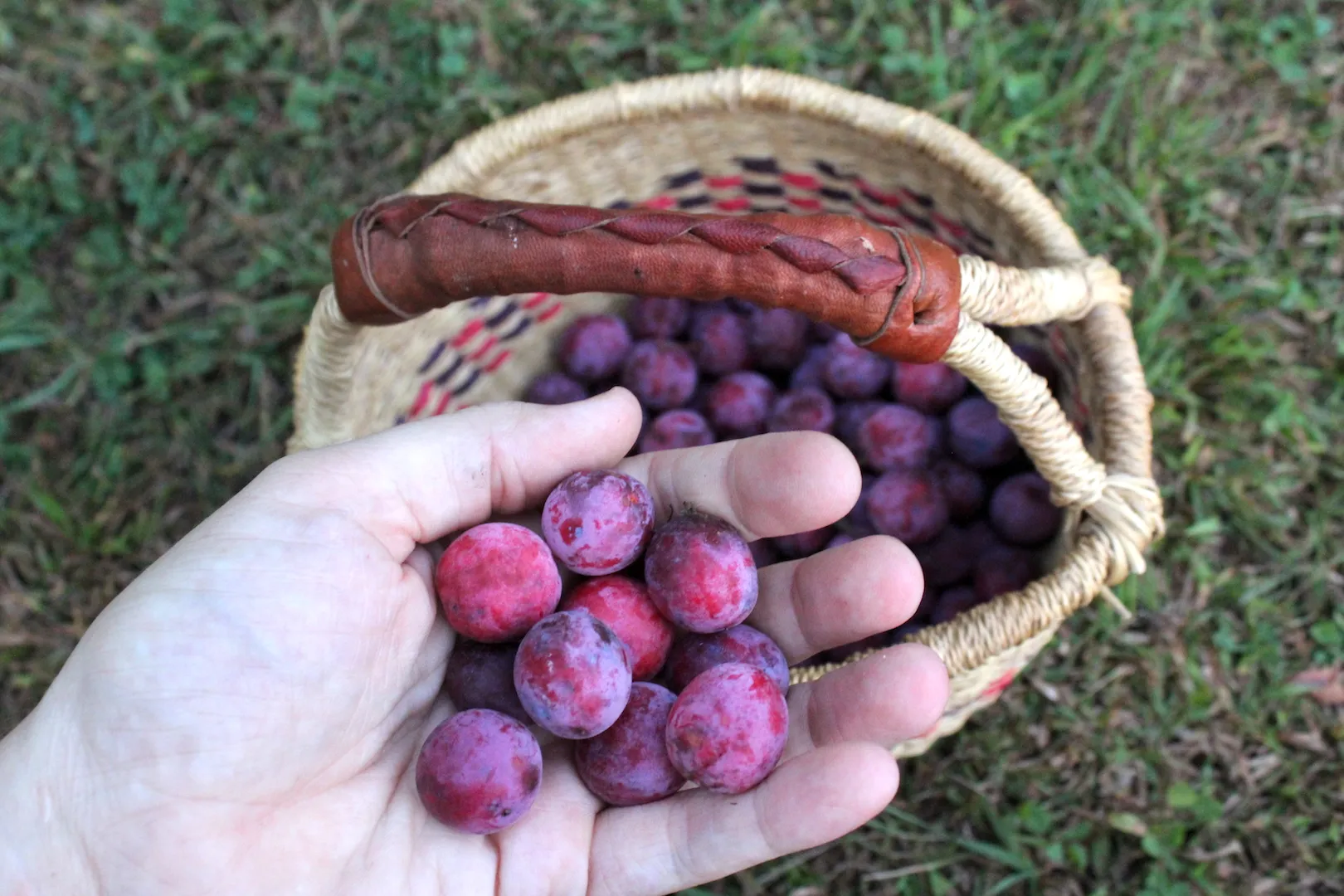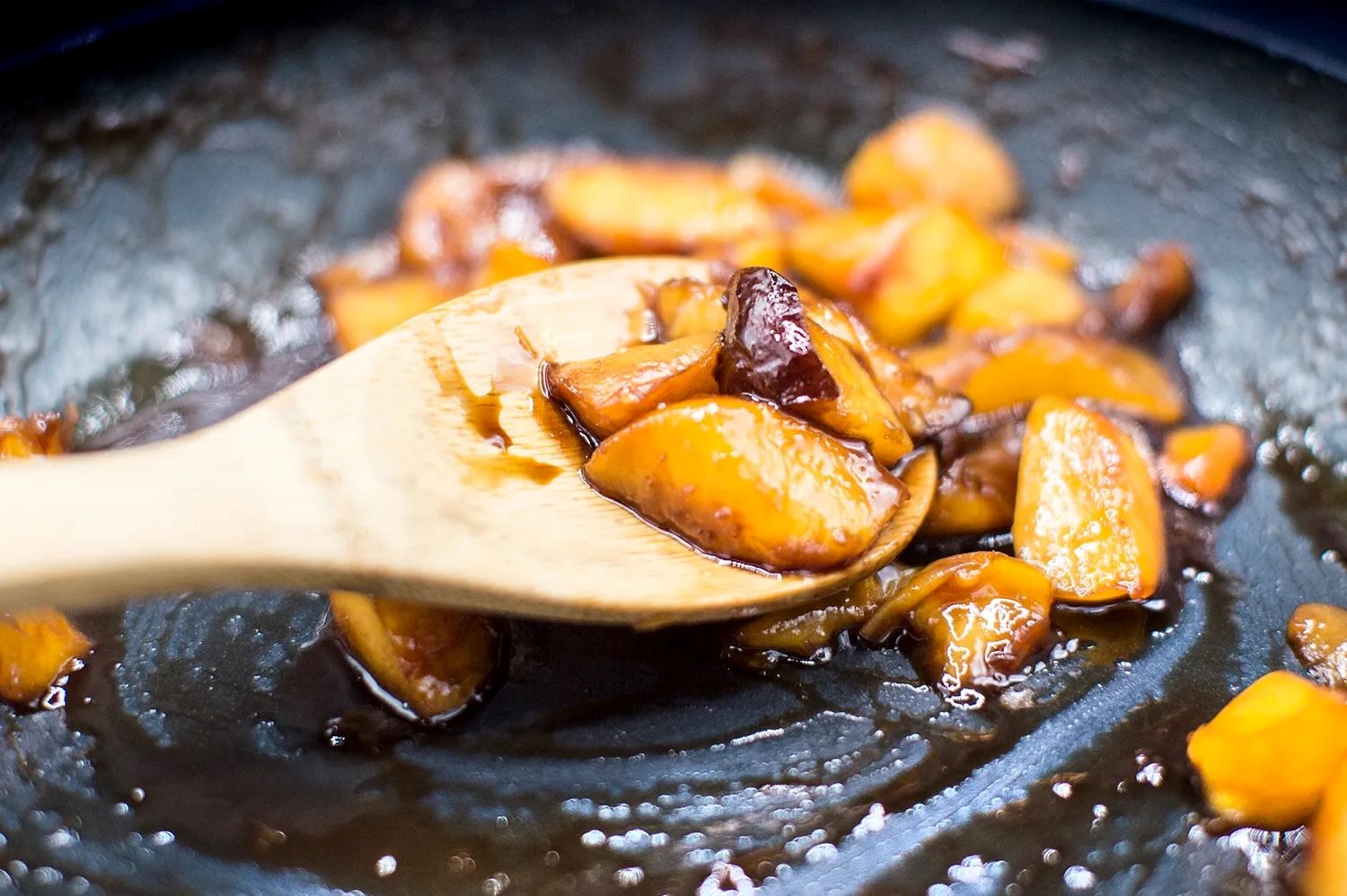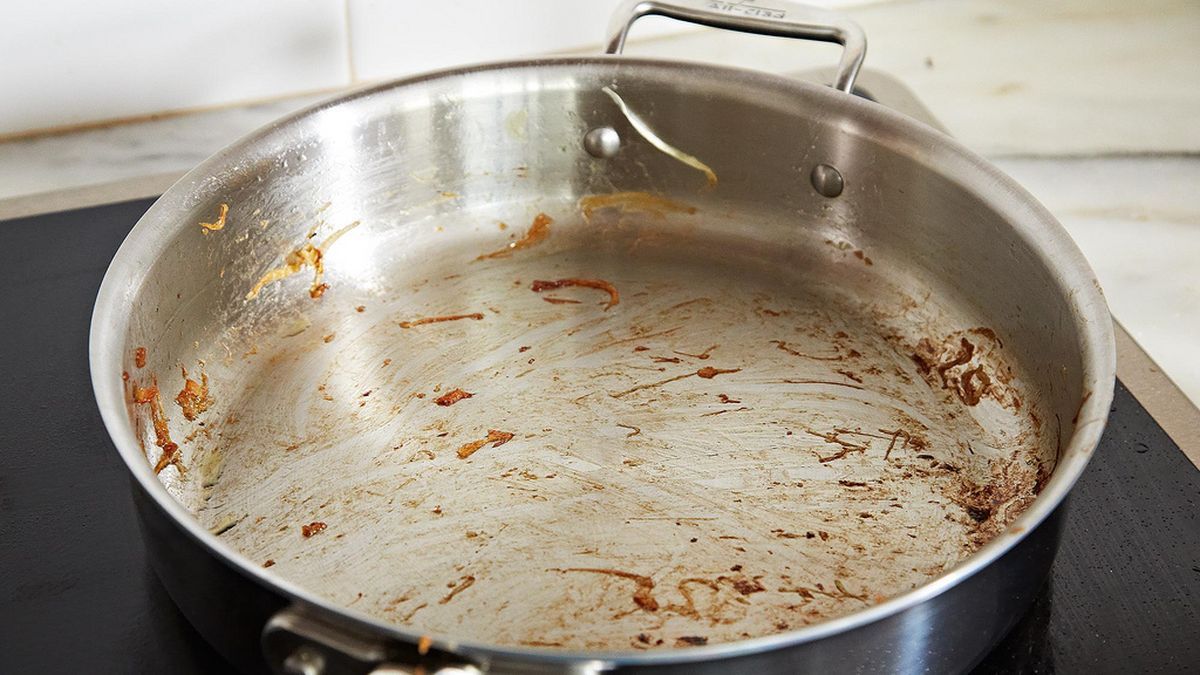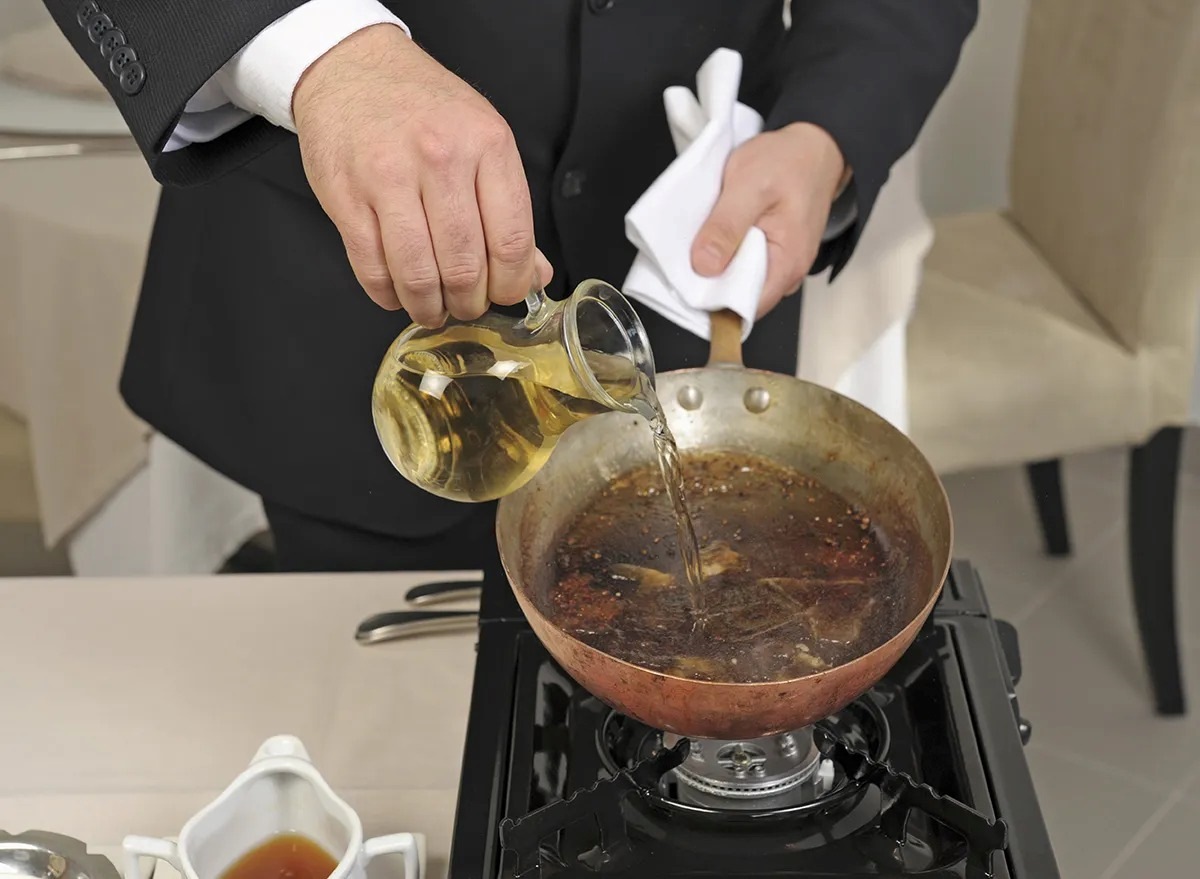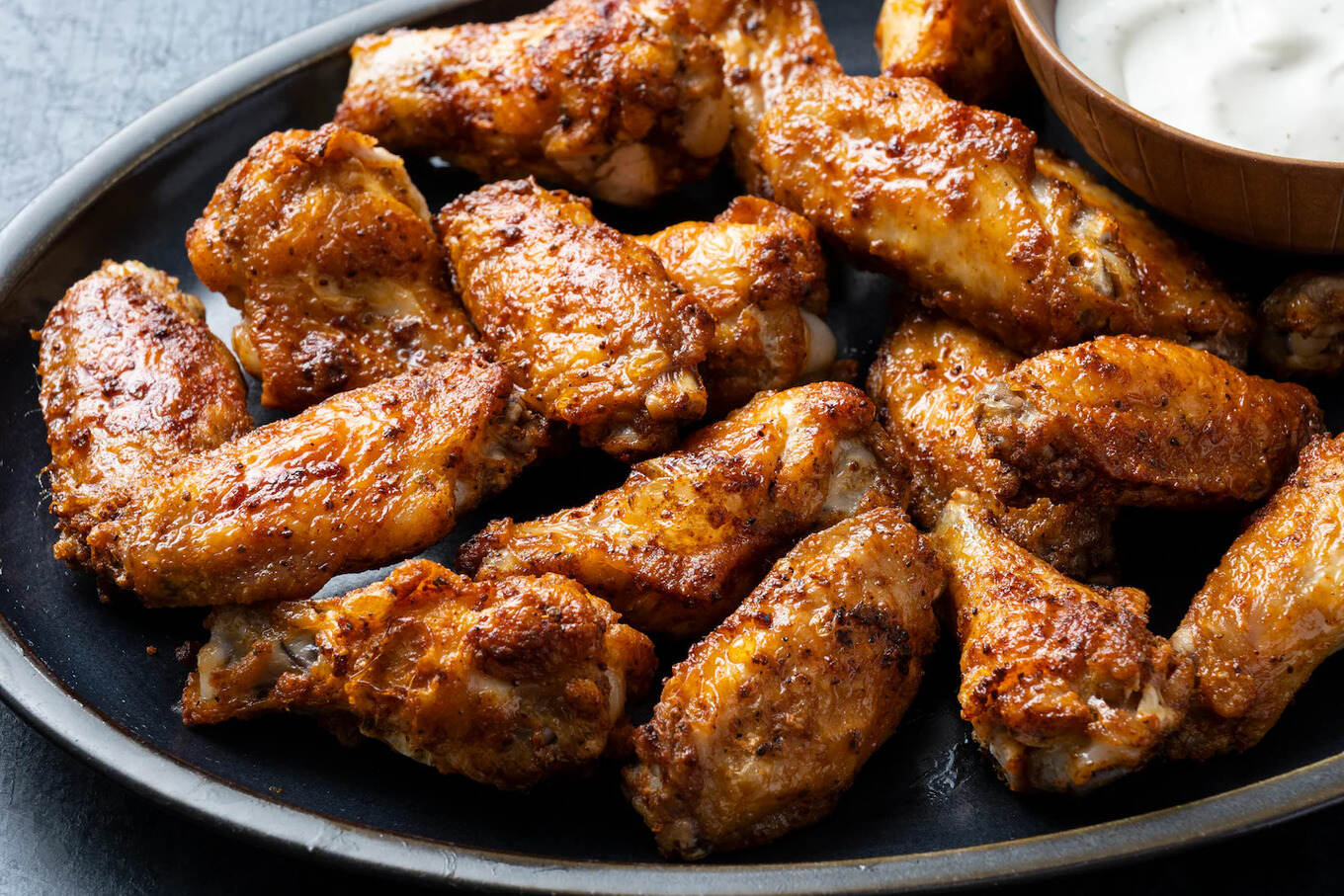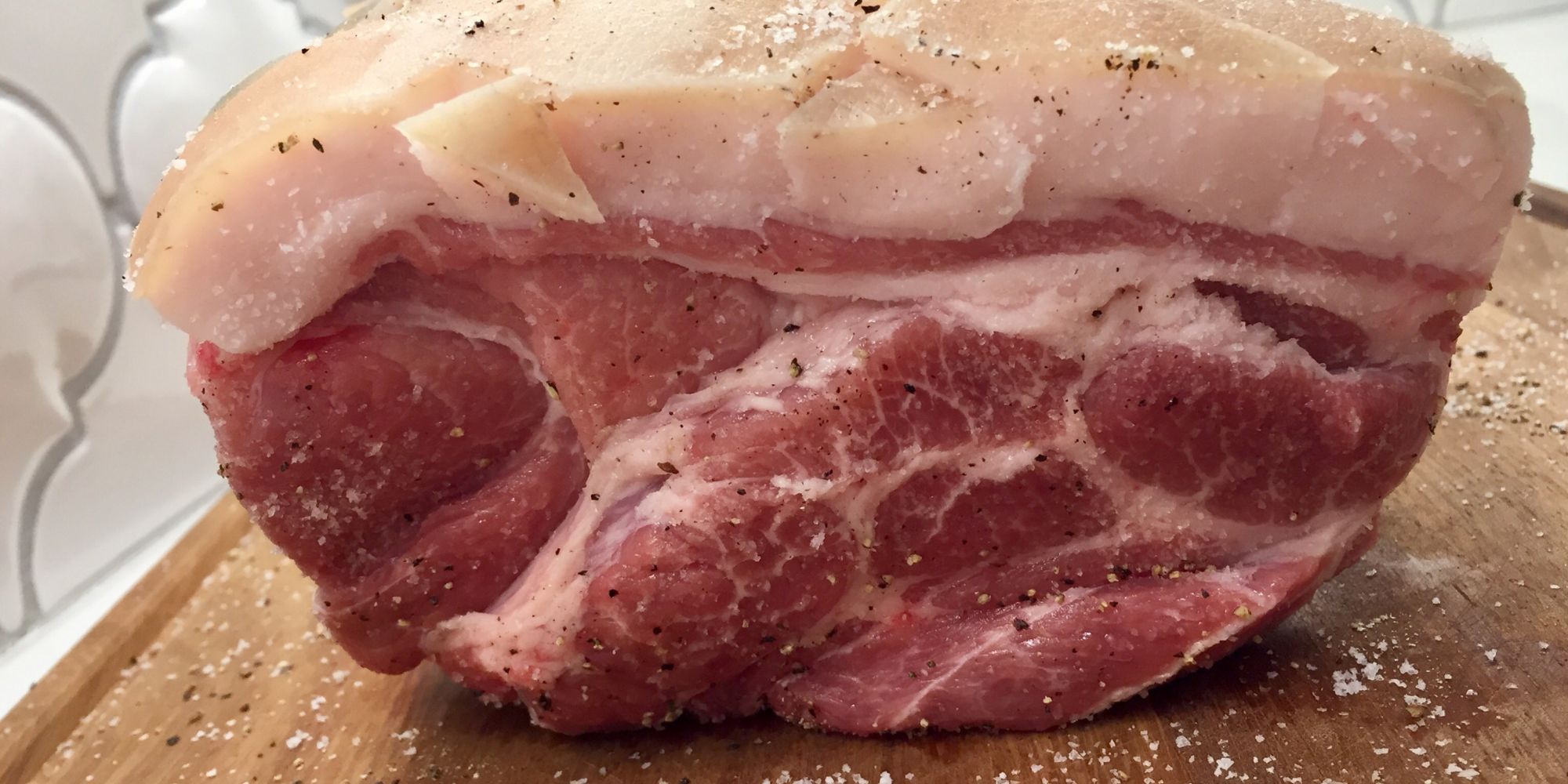Step-by-Step Guide to Pit Roasting a Whole Pig
Are you ready to take your outdoor cooking skills to the next level? Pit roasting a whole pig is a time-honored tradition that brings friends and family together for a delicious feast. While it may seem like a daunting task, with the right preparation and equipment, you can successfully roast a whole pig to perfection. Follow these steps to pit roast a whole pig and impress your guests with a mouthwatering meal.
1. Selecting the Pig
When choosing a pig for pit roasting, it’s important to select a high-quality, fresh pig from a reputable butcher or farm. The size of the pig will depend on the number of guests you plan to serve. A general rule of thumb is to estimate about 1 pound of pig per person. Make sure the pig is properly cleaned and prepared for roasting before bringing it to your cooking site.
2. Building the Pit
Before you start roasting the pig, you’ll need to build a pit for cooking. Choose a location away from any flammable materials and obtain any necessary permits or permissions for digging on the property. Dig a pit that is large enough to accommodate the pig and a layer of hot coals. Line the pit with rocks or bricks to create a sturdy cooking surface.
3. Preparing the Pig
Once the pit is ready, it’s time to prepare the pig for roasting. Season the pig inside and out with your choice of spices and marinades. Traditional seasonings include salt, pepper, garlic, and herbs. Truss the pig with kitchen twine to ensure even cooking and secure any loose parts, such as the ears and tail, with metal skewers.
4. Roasting the Pig
With the pig securely in place on the cooking surface, it’s time to start the roasting process. Build a fire nearby and allow it to burn down to hot coals. Carefully transfer the hot coals to the pit, creating an even layer beneath the pig. Cover the pit with a metal grate or sheet metal to trap the heat and smoke inside.
5. Monitoring the Cooking Process
Roasting a whole pig is a labor of love that requires patience and attention to detail. Throughout the cooking process, it’s important to monitor the temperature of the pit and the internal temperature of the pig. Use a meat thermometer to ensure that the pig reaches a safe internal temperature of 160°F (71°C) in the thickest parts of the meat.
6. Resting and Serving
Once the pig has reached the desired temperature, carefully remove it from the pit and allow it to rest for at least 30 minutes. This resting period allows the juices to redistribute throughout the meat, resulting in a more tender and flavorful final product. Carve the pig into serving pieces and enjoy the fruits of your labor with your guests.
With these steps, you can successfully pit roast a whole pig and create a memorable dining experience for your friends and family. Remember to prioritize safety throughout the cooking process and enlist the help of friends or family members to make the experience even more enjoyable. Happy roasting!
For those eager to try their hand at pit roasting a whole pig, there are several enticing recipes to explore. Start with the Hawaiian-Style Pit-Roasted Pig with Pineapple Salsa, a tropical twist that brings a sweet, tangy flavor to the succulent meat. If you're a fan of bold flavors, the Caribbean Jerk Pit-Roasted Pig offers a spicy, aromatic experience that’s hard to resist. For a zesty, refreshing touch, the Greek Pit-Roasted Pig with Tzatziki Sauce pairs perfectly with the smoky pork, offering a delightful contrast. Finally, the Cuban Mojo Marinated Pit-Roasted Pig stands out with its vibrant, citrusy marinade, ensuring a juicy and flavorful dish. These recipes not only showcase the versatility of pit roasting but also provide a journey through diverse culinary traditions.
Was this page helpful?
Read Next: How To Pit A Rambutan
